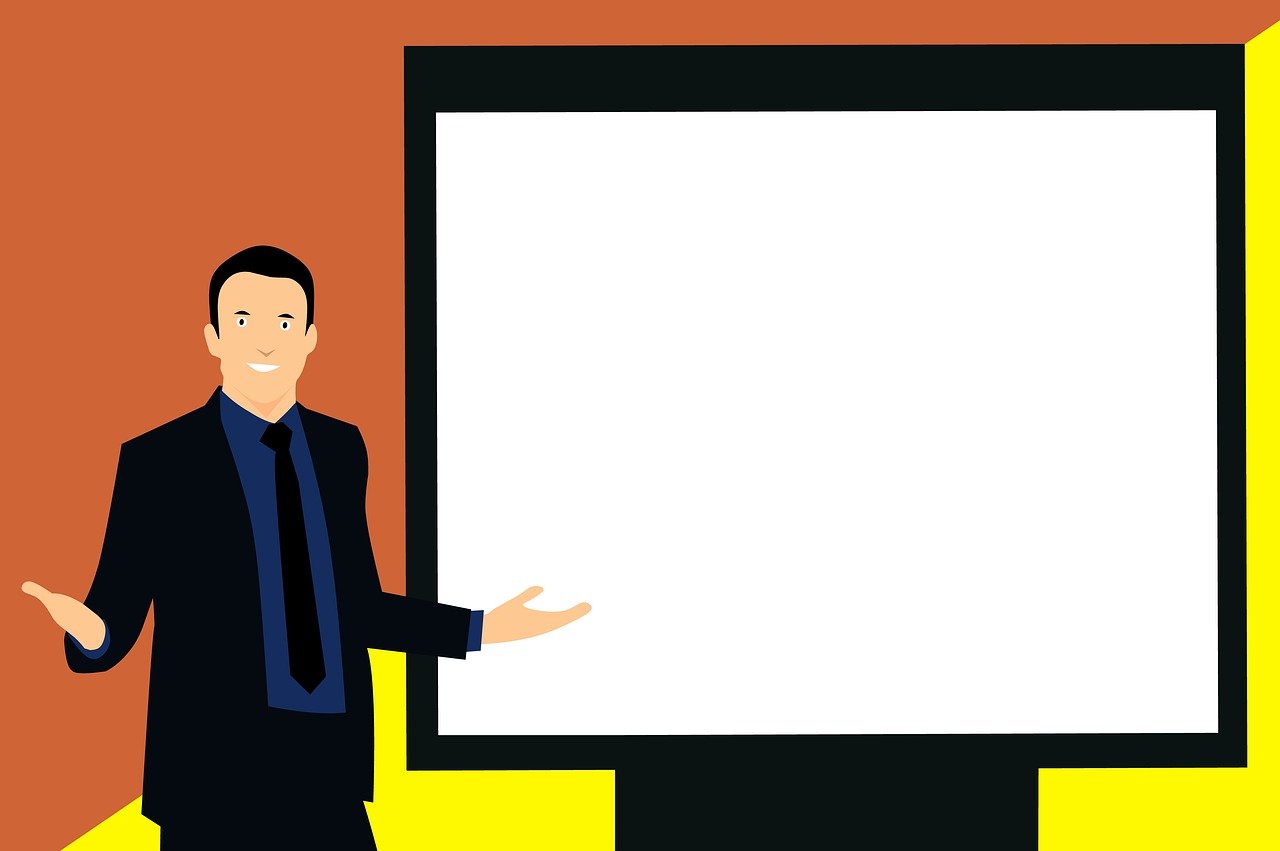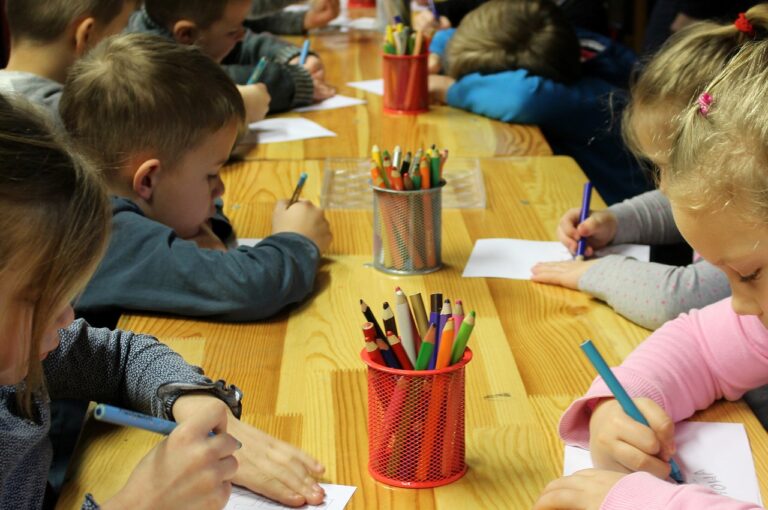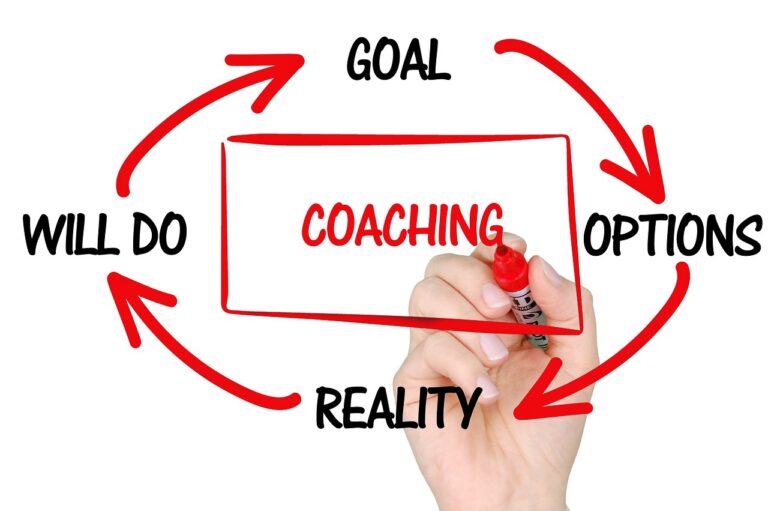Leveraging Virtual Reality for Historical Education
Virtual reality (VR) technology offers a unique opportunity to bring history to life for students of all ages. By immersing users in detailed 3D environments, VR allows learners to experience historical events as if they were right there in the moment. Instead of simply reading about the past in a textbook, students can explore ancient civilizations, witness famous battles, and visit iconic landmarks in a fully interactive and engaging way.
This hands-on approach to historical education fosters a deeper understanding and appreciation of the past. Through VR simulations, students can gain a more vivid sense of the challenges, triumphs, and daily lives of people from different time periods. By actively participating in historical events and environments, learners are better able to grasp the complexities of history and make meaningful connections between the past and the present.
Exploring Different Time Periods in Virtual Reality
Virtual reality technology has revolutionized the way we can immerse ourselves in different historical time periods. Through the use of VR headsets and simulations, users can now transport themselves back in time to experience firsthand the sights and sounds of ancient civilizations, pivotal moments in history, and significant cultural movements. This interactive approach to learning allows individuals to engage with the past in a way that textbooks and traditional methods simply cannot replicate.
By exploring different time periods in virtual reality, students are able to develop a deeper understanding and appreciation for the complexities of history. They can walk through the bustling streets of ancient Rome, witness the signing of the Declaration of Independence, or even stand on the front lines of a World War II battlefield. This hands-on approach not only makes history come alive but also encourages critical thinking, empathy, and a greater sense of connection to the past.
By using virtual reality technology, users can transport themselves back in time to experience ancient civilizations and pivotal moments in history
VR simulations allow individuals to engage with the past in a way that textbooks cannot replicate
Students who explore different time periods in VR develop a deeper understanding and appreciation for history
This hands-on approach encourages critical thinking, empathy, and a greater sense of connection to the past
Interactive Learning Experiences through Virtual Reality
Virtual reality has revolutionized how students engage with historical content. By immersing learners in interactive environments, virtual reality offers a dynamic way to explore different time periods. Through the use of VR headsets and controllers, students can walk through ancient civilizations, witness historical events unfold, and interact with virtual characters to gain a deeper understanding of the past.
One of the key benefits of virtual reality in historical education is the opportunity for hands-on learning experiences. Rather than passively absorbing information from textbooks or lectures, students can actively participate in historical scenarios, making decisions and seeing the direct consequences of their actions. This interactive element not only enhances retention and comprehension but also fosters a sense of empathy and connection to the people and events of the past.
Can virtual reality really enhance learning experiences?
Yes, virtual reality has shown to be highly effective in engaging learners and providing immersive experiences that aid in better retention of information.
How can virtual reality be used in historical education?
Virtual reality can transport students to different time periods, allowing them to explore historical sites, interact with historical figures, and gain a deeper understanding of the past.
What are some benefits of using virtual reality in education?
Virtual reality can make learning more interactive, engaging, and memorable. It can also cater to different learning styles and provide opportunities for hands-on experiences that may not be possible in a traditional classroom setting.
Are there any limitations to using virtual reality in education?
While virtual reality can enhance learning experiences, it may not be accessible to all students due to cost or technical requirements. It is also important to ensure that virtual reality experiences are used in conjunction with other teaching methods to maximize learning outcomes.





